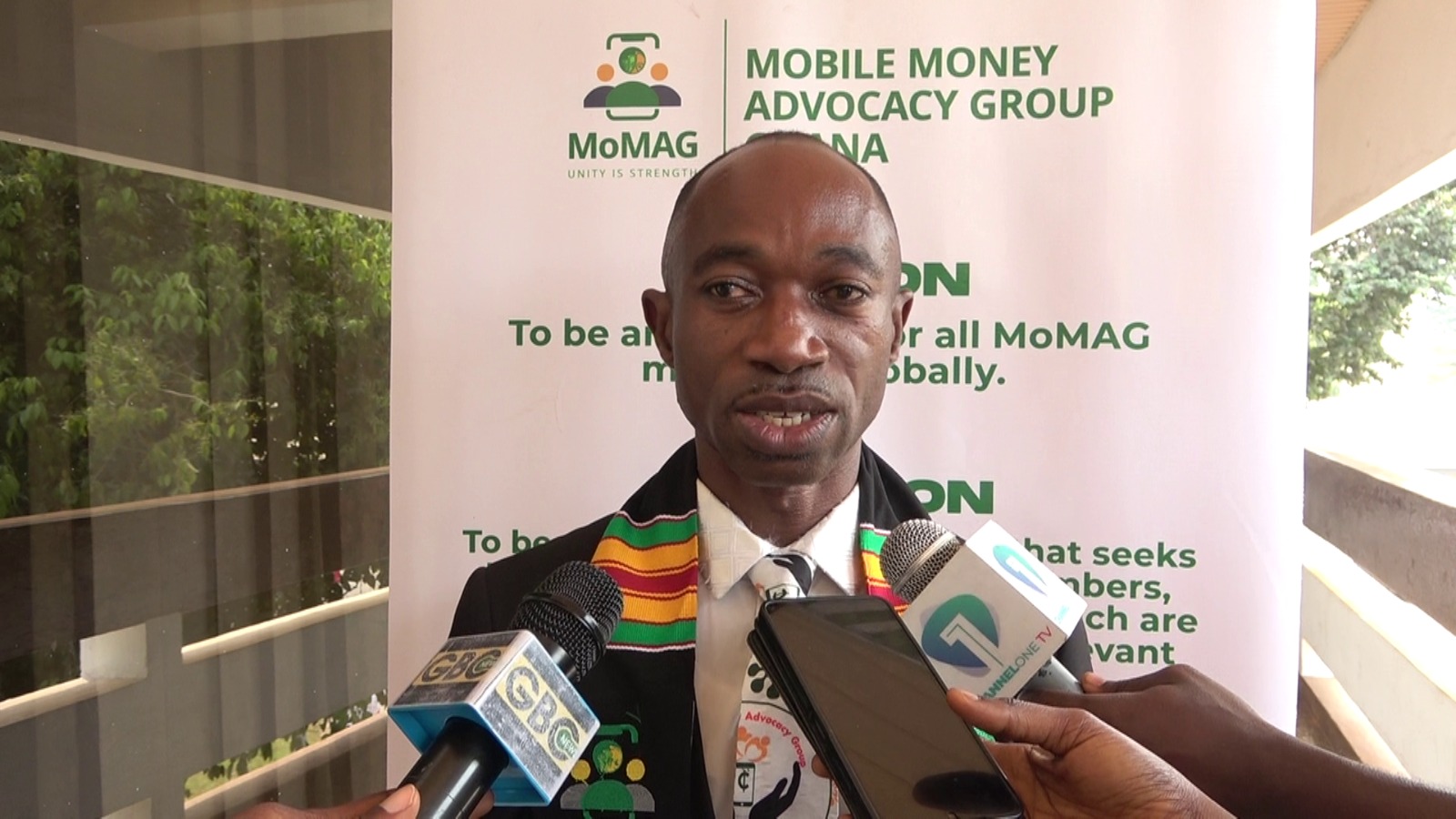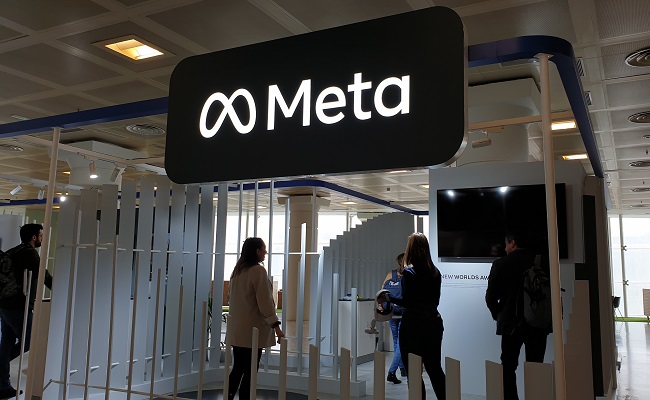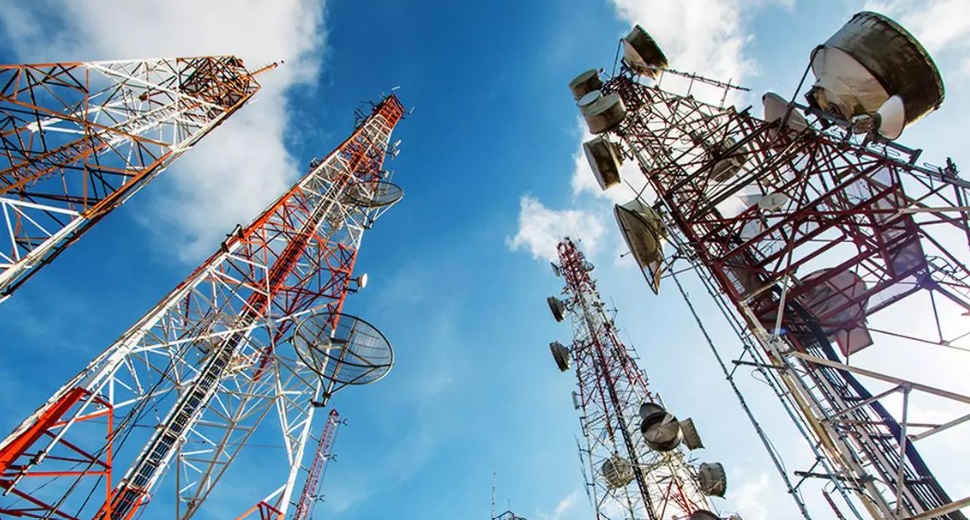Technology research and advisory group Omdia believes 5G penetration in Africa will grow from 1.4% in 2024 to 25.6% in 2029.
Omdia, a sister company of Connecting Africa, reported these findings in its recent regional outlook report, which forecasts that Africa’s total of 5G subscriptions will reach 427 million in 2029, compared to 20 million in 2024.
“The growth in 5G adoption will drive growth in cellular data traffic in Africa, with 5G data traffic accounting for 38.2% of the total cellular data traffic in 2029, compared to 1.9% in 2024,” said the report’s author Danson Njue, Omdia senior research analyst for the Middle East and Africa.
.jpg?width=1744&auto=webp&quality=80&disable=upscale)
While 5G deployment has accelerated, Omdia believes the lack of 5G spectrum and the high cost of 5G devices will continue to hinder 5G adoption in the region.
“As such, governments should focus on spectrum allocation and increasing 5G device and service affordability to promote 5G development in Africa,” Njue said.
Fixed-wireless access (FWA) is currently the main use case for 5G in Africa.
Njue said African telcos continue to leverage FWA 5G to provide fiber-like wireless broadband speeds at a lower cost, particularly in areas with limited fiber penetration.
“To increase 5G monetization, telcos must explore more use cases for 5G with a focus on private networks for enterprise services,” he said.
Related:MTN launches commercial 5G in Benin, Congo-Brazzaville
As Africa’s pioneer 5G market, South Africa has made progress in 5G development.
Omdia projects that South Africa’s 5G subscriptions will grow tenfold between 2024 and 2029, to reach 51.9 million and account for 36.2% of the total subscriptions.
Omdia also anticipates Egypt will see the rollout of 5G services in 2025.
The government issued the country’s first 5G license to Telecom Egypt in January 2024, while Vodafone Egypt, Orange Egypt and e& Egypt were awarded 5G licenses in October 2024, paving the way for nationwide 5G rollout.
Mobile subscriptions forecast
As a mobile-first continent, Africa is expected to continue to see growth in overall mobile subscriptions over the next five years.
Omdia predicts that Africa will have 1.78 billion mobile subscriptions by the end of 2029, a 23.6% increase from 2024, with the data and digital services segments supporting the double-digit growth.
4G and 5G combined will account for more than 80% of the total mobile subscriptions in 2029, indicating a sharp rise in the adoption of mobile broadband services in the region.
Mobile broadband subscriptions will account for up to 97% of the total mobile subscriptions in 2029.
Related:ATF 2024: Ericsson’s Todd Ashton on 4G & 5G growth in Africa
.jpg?width=1280&auto=webp&quality=80&disable=upscale)
Omdia believes that 2G and 3G dominance will decline sharply over the forecast period, with the technologies finding niches in providing connectivity needs in rural areas and supporting machine-to-machine (M2M) connections.
“Low smartphone penetration in Africa will continue to justify the use of 2G and 3G services in the region,” Njue said.
However, Omdia believes developed regional markets, such as South Africa, will achieve a total shutdown of the legacy mobile networks by 2029.
“Satellite technology will also continue to play an important role in promoting broadband penetration in the region. As such, network operators will increasingly adopt satellite-to-smartphone strategies as they focus on bridging broadband connectivity gaps in the region,” Njue added.
Mobile revenue forecast
According to Omdia market data, mobile service revenue in Africa is set to grow 31%, from $54.1 billion in 2024 to $70.9 billion in 2029, fueled by the growth in uptake of mobile data and digital services, including mobile financial services (MFS).
Mobile data service revenue will be up 95% over the five-year period to $54.4 billion in 2029, supported by a 38% growth in mobile broadband subscriptions to 1.7 billion.
The strong uptake in mobile broadband services and an increase in smartphone penetration will see a 288% relative growth in cellular data traffic to 129.3 million TB in 2029, Omdia predicts.
Related:4G will outpace 3G by 2030 in sub-Saharan Africa – GSMA
.jpg?width=1280&auto=webp&quality=80&disable=upscale)
By mid-2024, 25 out of 71 markets across the Middle East and Africa had launched commercial 5G services.
While 5G has not significantly impacted African operators’ revenue and average revenue per user (ARPU) so far, Omdia believes that the increased focus on 5G deployment will accelerate service adoption, thereby leading to growth in 5G traffic and blended ARPU going forward.
Njue also pointed out that voice ARPU and revenue will continue to decline over the forecast period due to the increased adoption of over-the-top (OTT) messaging and calling apps in the region.
Fiber future
While mobile broadband will make considerable inroads, the importance of Africa’s expanding fiber networks should not be underestimated.
“Full-fiber technology will shape Africa’s fixed broadband market in the future,” Njue explained.
He said Africa’s fixed broadband market has recorded significant growth over the last five years and this growth will continue over the next five.
Total fiber subscriptions grew by 82%, from 23.6 million in 2019 to 42.9 million in 2024.
Njue said fiber technology has remained critical in the growth of the fixed broadband segment in Africa, with subscriptions accounting for 18% of the total in 2024, up from 6% in 2019.
.jpg?width=1280&auto=webp&quality=80&disable=upscale)
“While fiber deployment in Africa has accelerated, the penetration remains very low compared to other regions. Omdia’s Fiber Development Index 2024 ranks Africa as the least developed region in terms of fiber development,” he explained.
“Fiber is the most future-proof fixed broadband technology due to its capacity to support high-bandwidth applications, better energy efficiency, and low carbon emissions,” he added.
Fiber usage is set to increase tremendously in Africa over the next five years, with the number of broadband fiber subscriptions expected to rise by 131% to 17.5 million between 2024 and 2029.
Omdia believes that to fully reap the benefits of fiber technology, Africa needs to develop a clear roadmap for fiber deployment.
Source: Paula Gilbert (www.connectingafrica.com)

















